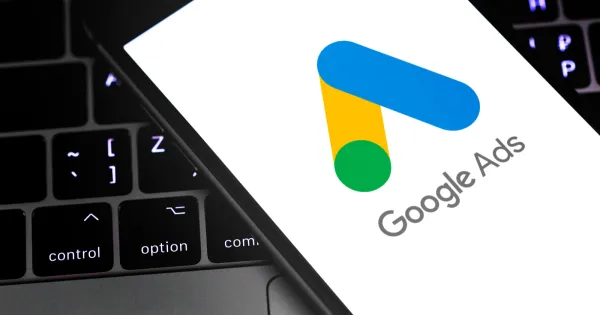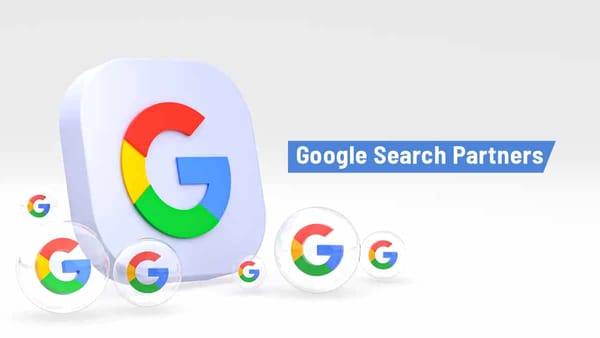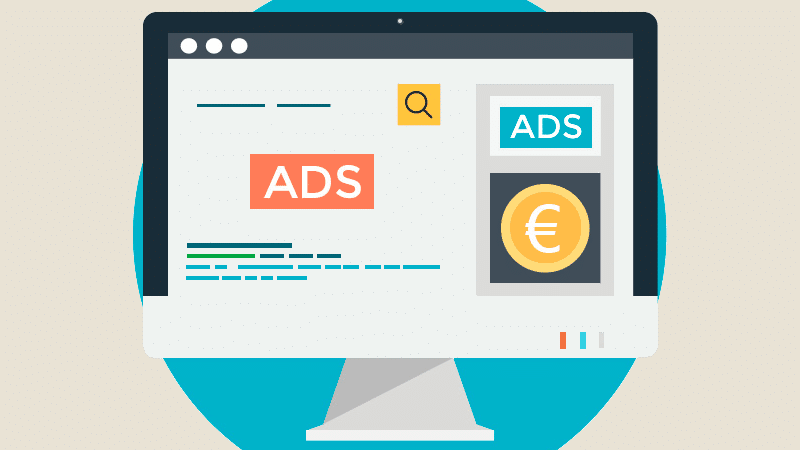How Google Ads Charge: A Complete Guide to Pricing & Billing

Introduction
Google Ads is one of the most powerful digital marketing platforms for businesses looking to generate leads, sales, and website traffic. But one of the most common questions businesses have is: How does Google Ads charge?
Understanding Google Ads pricing and billing is essential for budgeting your campaigns effectively and ensuring you get the best return on investment (ROI). In this guide, we’ll break down how Google Ads charges, different bidding strategies, cost factors, and payment options.
How Google Ads Charges Advertisers
Google Ads operates on a pay-per-click (PPC) model, meaning advertisers are charged based on ad interactions rather than just displaying the ad. The cost structure depends on the type of ad campaign and bidding strategy chosen.
Here are the primary ways Google Ads charges businesses:
1. Pay-Per-Click (PPC) – Cost Per Click (CPC)
Google charges advertisers only when someone clicks on their ad. This is the most common pricing model used in Google Search Ads and Shopping Ads.
- Example: If your CPC bid is $1 and 100 people click your ad, you will be charged $100.
- The actual cost per click varies based on competition, industry, and keyword quality.
2. Cost Per 1,000 Impressions (CPM)
For Google Display Ads and YouTube Ads, businesses can choose a CPM bidding strategy, where they pay for every 1,000 times their ad is displayed.
- Example: If the CPM rate is $5, and your ad is shown 100,000 times, you’ll pay $500.
- This is ideal for businesses focused on brand awareness rather than immediate clicks.
3. Cost Per Acquisition (CPA)
With smart bidding, Google Ads can charge based on a target cost per acquisition (CPA), meaning advertisers pay only when a conversion happens (e.g., form submission, purchase, sign-up).
- Example: If your target CPA is $20 and you get 10 conversions, you’ll pay $200.
- This is useful for e-commerce and lead generation campaigns.
4. Cost Per View (CPV) – YouTube Ads
For YouTube Ads, businesses pay based on how many people watch their video ad or interact with it.
- Example: If the CPV is $0.10, and 1,000 people watch your ad, you’ll pay $100.
- This applies only when viewers watch at least 30 seconds or interact with the ad.
What Affects the Cost of Google Ads?
Several factors determine how much Google Ads charges per click, impression, or conversion.
1. Industry & Competition
Highly competitive industries (e.g., legal services, finance, insurance) have higher CPC rates.
- Example:
- Legal industry: $10–$50 per click
- E-commerce: $0.50–$2 per click
- Restaurants: $0.30–$1 per click
2. Keyword Competition
Popular keywords have higher costs. Long-tail keywords (e.g., “best affordable digital marketing services”) are cheaper than broad keywords (e.g., “digital marketing”).
3. Ad Rank & Quality Score
Google Ads considers Ad Rank, which is based on:
- Bid Amount – How much you’re willing to pay per click
- Quality Score – Relevance of the ad, landing page, and user experience
- Expected Click-Through Rate (CTR) – Likelihood of users clicking the ad
Higher Quality Scores can reduce ad costs.
4. Target Audience & Location
Ads targeting high-value locations (e.g., the US, UK) cost more than less competitive regions.
5. Time of Day & Seasonality
Certain hours and peak seasons increase bidding costs (e.g., holiday sales, Black Friday).
How Google Ads Billing Works
1. Payment Thresholds
Google Ads charges automatically once your account reaches a certain spending threshold (e.g., $50, $200, $500, etc.). The threshold increases over time based on your account’s billing history.
2. Monthly Invoicing
Businesses spending large amounts can apply for monthly invoicing, where they receive an invoice at the end of each billing cycle.
3. Manual Payments
Advertisers can add funds before running ads and have the amount deducted as their ads accumulate clicks.
4. Automatic Payments
With postpay billing, Google charges advertisers after their ads accumulate costs.
Google Ads Payment Methods
Google Ads accepts multiple payment options based on location:
- Credit & Debit Cards – Visa, Mastercard, American Express
- Bank Transfers – ACH, SEPA transfers for businesses
- PayPal – Available in select countries
- Google Pay – Mobile-friendly payment option
How to Reduce Google Ads Costs & Improve ROI
✔ Use Negative Keywords – Prevents ads from showing on irrelevant searches.
✔ Focus on High-Converting Keywords – Optimize for commercial intent searches.
✔ Improve Quality Score – High ad relevance lowers CPC costs.
✔ A/B Test Ads – Test different ad creatives to find the best-performing one.
✔ Optimize Landing Pages – Faster, mobile-friendly pages improve conversions.
✔ Use Smart Bidding – Automate bids for better CPC and CPA efficiency.
✔ Set Budget Caps – Prevent overspending with daily and monthly budget limits.
Conclusion
Google Ads charges businesses based on clicks, impressions, views, or conversions, depending on the campaign type. Costs vary due to competition, location, industry, and keyword bidding strategies.
By understanding Google Ads billing, setting realistic budgets, and optimizing campaigns, businesses can ensure maximum ROI while keeping ad costs under control.




